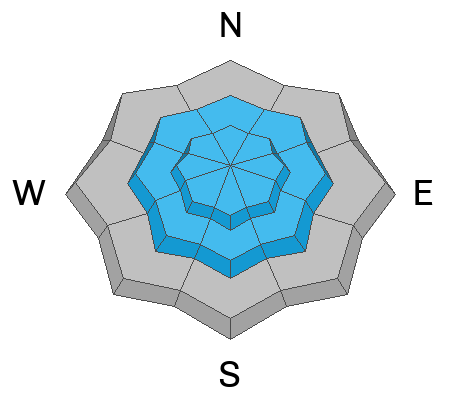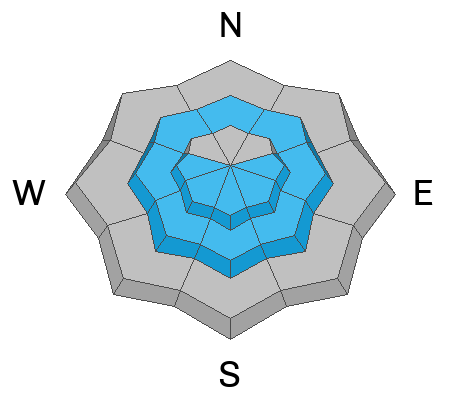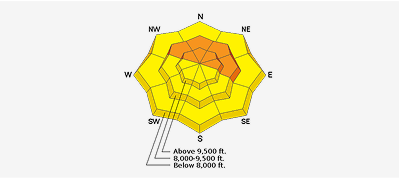Forecast for the Salt Lake Area Mountains

Issued by Trent Meisenheimer on
Saturday morning, March 29, 2025
Saturday morning, March 29, 2025
The avalanche danger will remain MODERATE until the wet snow has fully frozen. Wet slab avalanches, cornice falls, and glide avalanches will remain possible today. Specific terrain where glide avalanches can occur should be avoided altogether.
As the storm snow stacks up, the avalanche danger will likely rise to MODERATE for new snow and wind-drifted snow avalanche problems.
As the storm snow stacks up, the avalanche danger will likely rise to MODERATE for new snow and wind-drifted snow avalanche problems.

Low
Moderate
Considerable
High
Extreme
Learn how to read the forecast here









